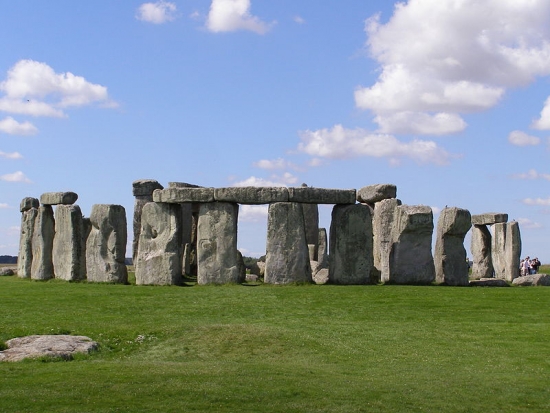B. Ensuring effective transition between KS2 & KS3
Transition between Key Stage 2 and 3 has often been a challenge, particularly where this occurs when pupils are transferring from primary or junior schools to secondary schools. Traditionally many secondary schools liaise closely with their feeders in core subjects with secondary specialists either leading preparatory activities with Year 6 pupils or these pupils attending their future secondary school for specific activities especially laid on for them. In some cases secondary specialists may teach in primary feeders on a regular basis.
Together with the analysis of data, this kind of interaction helps secondary schools to assess the rates of progress in particular subjects, set targets and familiarise Year 6 pupils with subject specific expectations. The record for equivalent arrangements in foundation subjects is patchy at best. Sometimes little if any information is either requested by or passed on to secondaries. The information may be distrusted by secondary teachers. In some cases there is no contact at all between primary and secondary staff. In the case of a rural secondary school for example, with over 20 primary feeders, a history department may decide that it is not feasible to even attempt to scaffold transition between Key Stage 2 and 3 History.
This resource aims to encourage teachers, whether secondary specialists or primary teachers to consider how best they might better prepare Year 6 pupils for the expectations of teaching history in Year 7. The resource incorporates a scheme of work based on a sample depth study on the Vikings written with accompanying resources and drawn from content of the new national curriculum for history at Key Stage 2 under the bullet point.
- " the Viking and Anglo-Saxon struggle for the kingdom of England to the time of Edward the Confessor,"
(Although there is no requirement to teach the British history content in chronological order at KS2, some primary and junior schools may do so, starting with "changes in Britain from the Stone Age to the Iron Age" in Year 3, with further British content in Years 4 and 5 until reaching late Anglo-Saxon England in Year 6).

The scheme of work could be taught by:
- primary teacher teachers in Year 6,
- a secondary teacher teaching Year 6 classes,
- team teaching by primary and secondary staff in Year 6,
- secondary teachers in Year 7.
It is also designed to model how:
- other depth studies might be created within other content requirements,
- enquiry questions are framed and matched to historical concepts and processes of the National Curriculum,
- enquiry questions can be strung together to create a longer sequence of learning,
- culminating outcomes can be created for meaningful assessment.
The training materials and scheme of work are set out in the following sections;
- Preparing the ground; the importance of subject knowledge.
- Framing enquiry questions for a study in depth.
- Enquiry Question One - What can we infer about the Weymouth Grave?
- Enquiry Question Two - What did archaeologists infer about the Weymouth Grave?
- Enquiry Question Three - Can we infer that the Weymouth Vikings were victims of Ethelred II?
- Enquiry Question Four and Assessed Outcome; How should the British Museum label the Weymouth Vikings?

